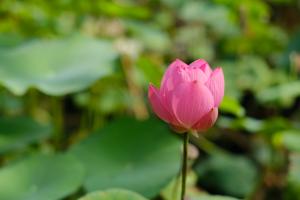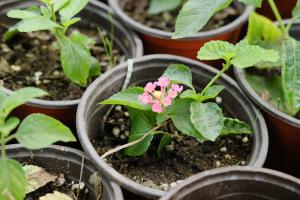When to Plant Fig Trees in Arizona
Fig trees are a great addition to any garden, and Arizona’s dry, sunny climate is ideal for growing these delicious fruits. However, to ensure a healthy and bountiful harvest, it’s essential to plant your fig trees at the right time of year. In this article, we’ll explore the best times to plant fig trees in Arizona and provide some tips for successful fig farming.
Planting Seasons for Fig Trees in Arizona
In Arizona, there are two ideal seasons for planting fig trees: late winter and early fall. Late winter planting, which typically occurs from late January to late February, is best for bare-root or container figs. This season is ideal because the soil is still moist from winter precipitation, and the mild temperatures provide the perfect conditions for early growth.
If you miss the late winter planting window, early fall is the next best time to get your fig trees in the ground. Between mid-September and mid-October, the temperatures begin to cool down, and the weather becomes less intense, making it the perfect time to plant.
Choosing the Right Location for Your Fig Trees
When planting fig trees, finding the right location is essential. These trees need full sun exposure, adequate drainage, and protection from harsh winds. Before planting, it’s essential to prepare the soil properly by loosening it to a depth of at least 12 inches and removing any debris or rocks.
Fig trees will tolerate a wide range of soil types, but they grow best in well-draining soil with a slightly acidic pH level between 6.0 and 6.5. Adding organic matter, such as compost or aged manure, to the soil can improve its fertility and water retention.
Caring for Your Fig Trees
Once planted, fig trees require regular care and maintenance to thrive. To ensure optimal growth, it’s essential to water your fig trees adequately. During the first growing season, water your young trees deeply every two weeks. In subsequent years, water your fig trees only when the top 2 inches of soil feel dry.
Fig trees also require regular pruning to keep them healthy and productive. In general, pruning should be done in late winter or early spring before the new growth begins. Remove any dead or diseased wood, and trim back the main branches to create a balanced shape. It’s also essential to thin out any overcrowding branches to allow for better airflow and light penetration.
The Bottom Line
Fig trees are a fantastic addition to any garden, and Arizona's climate is ideal for growing these sweet fruits. By planting your fig trees in late winter or early fall, providing them with full sun, good drainage, and adequate care and maintenance, you can enjoy a bountiful harvest of figs for years to come.

 how many times do yo...
how many times do yo... how many planted tre...
how many planted tre... how many pine trees ...
how many pine trees ... how many pecan trees...
how many pecan trees... how many plants comp...
how many plants comp... how many plants can ...
how many plants can ... how many plants and ...
how many plants and ... how many pepper plan...
how many pepper plan...






























